Au Nègre Joyeux is a former coffee shop in Paris, located on Place de la Contrescarpe, in the 5th arrondissement of Paris. Its sign was removed in the spring of 2018, and is now kept at the Carnavalet museum. Description The former coffee shop (and not a chocolate factory1), which also sells chocolates, dragees, boxes for baptisms, pepper, pasta and tapioca, is located at 14 rue Mouffetard, on the west side of Place de la Contrescarpe, near the corner with Blainville Street. The sign is the only remaining element. It now has two elements: a wooden panel bearing the name of the business and a painting painted in oil on canvas (172 x 142 cm). A third wooden element installed above the windows on the second floor has now disappeared, but is still visible in a historical photograph taken by Eugène Atget in 1908, showing the entire advertising device installed on the facade2. The storefront and the merchant's stall are also visible in a drawing by Ilka Kolsky made in the 1930s3. Installed between the two windows on the first floor, the painting depicts a black man and a white woman. The scene was originally registered as a "trademark" by the founder of the coffee shop, Gaston Lenglet, in 1897. The sign was painted the same year. Its meaning and dating have long been confused: the image was first interpreted as a painting from the middle of the 18th century (by confusion with the founding date of the nearby charcuterie) representing a "woman served by a miniature of a black servant”, falling within the continuity of a slavery imagery4. In reality, the iconography is the opposite1,5,6: the smiling black man, dressed as an 18th century gentleman in the fashion of free blacks from the West Indies, towel around his neck, having just risen to toast, is served by a white servant wearing the usual attire of servants in bourgeois houses in the 19th century, apron, bib attached by a pin and white headdress7, and bringing him a silver tray, on which are placed a sugar bowl, cakes and a coffee pot in silver. This reversal of roles, characteristic of parodic imagery, relays the stereotypical vision of the black man as an advertising emblem for the trade in exotic products imported from the colonies (coffee, chicory, chocolate). Above the painting, between the first and second floors of the building, a wooden panel bears the name of the store: "Au Nègre Joyeux", and above it was indicated, on another wooden panel (disappeared after 1960 ): “Cafés”. History of the sign The store at the “Nègre Joyeux” specializing in the sale of coffees, chocolates and confectionery, rue Mouffetard, was founded in 1812 but does not yet have a sign adorning the facade. It was in August 1897, when the grocer Gaston Lenglet (who had worked until then in the Faubourg Saint-Antoine) bought the business, that he was authorized to hang a sign and panels on the facade of the building. building5. The painting serving as a sign was painted the same year. At an unknown date, it is slightly trimmed in its upper and lower parts. The sign, which belonged to the syndic of the building on which it hung, was given to the City of Paris in 1988, in exchange for a restoration, which took place in 20021. In 2012, the building was occupied by a convenience store. Sign Au Nègre Joyeux vandalized with paint, Paris (2016). The sign was first protected by a sheet of Plexiglas and was then stoned8 and painted. Independently, his withdrawal was requested by associations, which in 2011 questioned Frédéric Mitterrand, then Minister of Culture, on this subject. The sign is sometimes described as protected as a historical monument. However, it is absent from the Mérimée database8,9. On the other hand, it appears on the basis of the Médiathèque de l'architecture et du patrimoine10, and the sign was photographed in 1986 with a view to a possible classification11. At the request of the communist group to the Council of Paris, on September 26, 2017, it was initially decided to take down the sign. After restoration, it was to be kept at the Carnavalet museum, dedicated to the history of Paris12. Finally, following numerous protests, the work was taken down on March 26, 2018, but a new decision from the Town Hall indicated that it would be put back in place in the same place in May after its restoration. An explanatory text was also to be affixed next to the sign12, a project that remains unfulfilled. After restoration, the painting is finally preserved and exhibited in the permanent route of the Carnavalet museum since its reopening in the spring of 2021 (after five years of work)13, hung in one of the two "sign" rooms, accompanied by a cartel explanatory text written by a scientific committee set up in 2018.



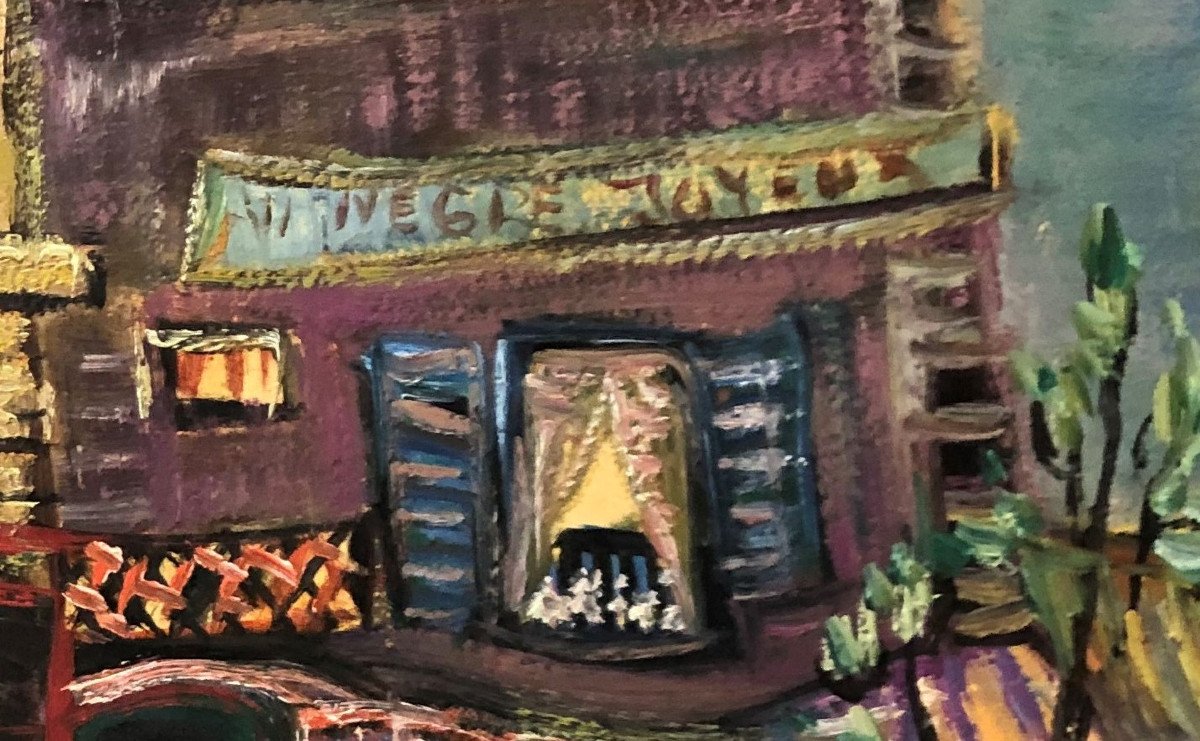

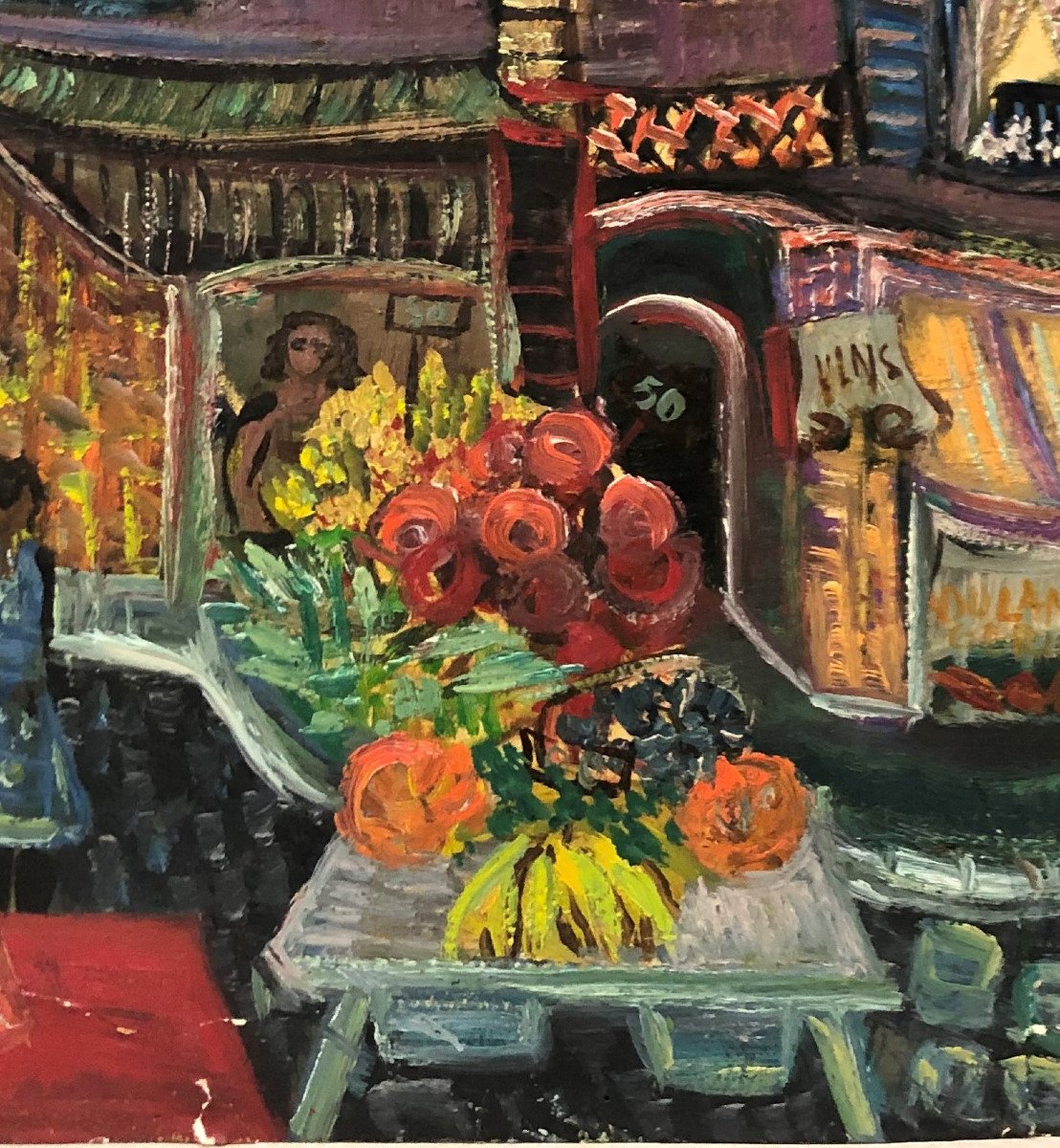
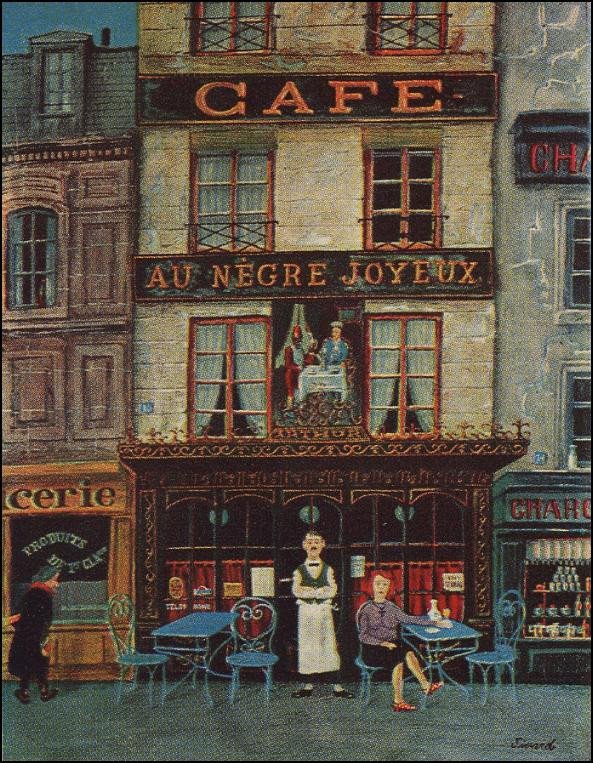
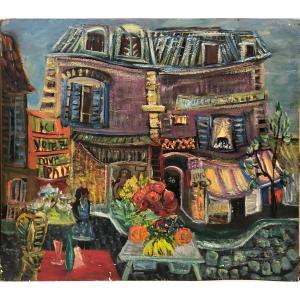






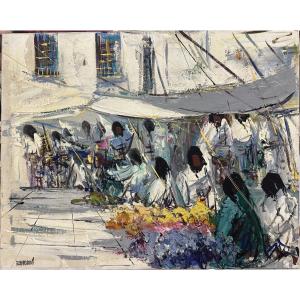



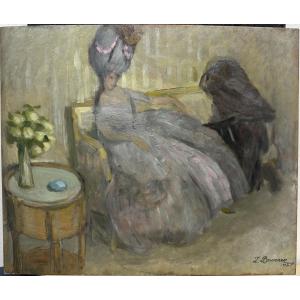





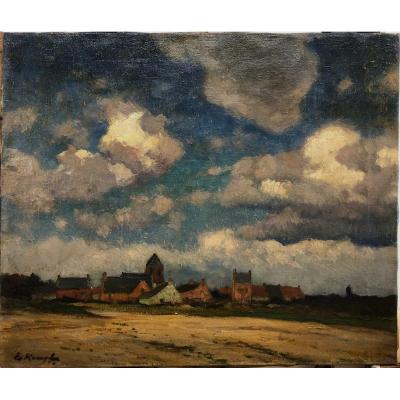
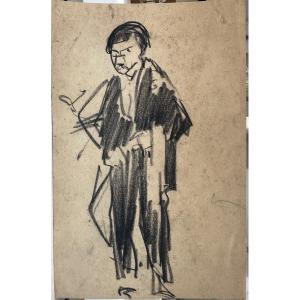


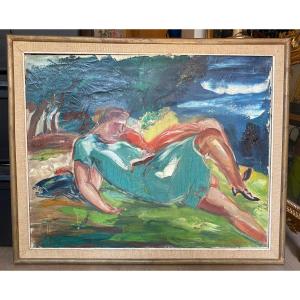
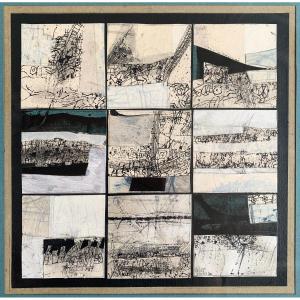
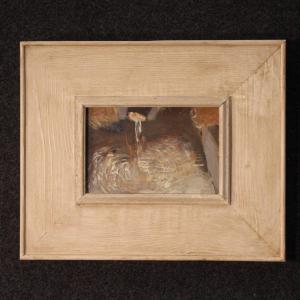

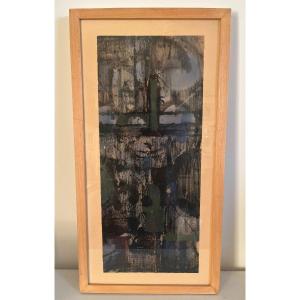



 Le Magazine de PROANTIC
Le Magazine de PROANTIC TRÉSORS Magazine
TRÉSORS Magazine Rivista Artiquariato
Rivista Artiquariato